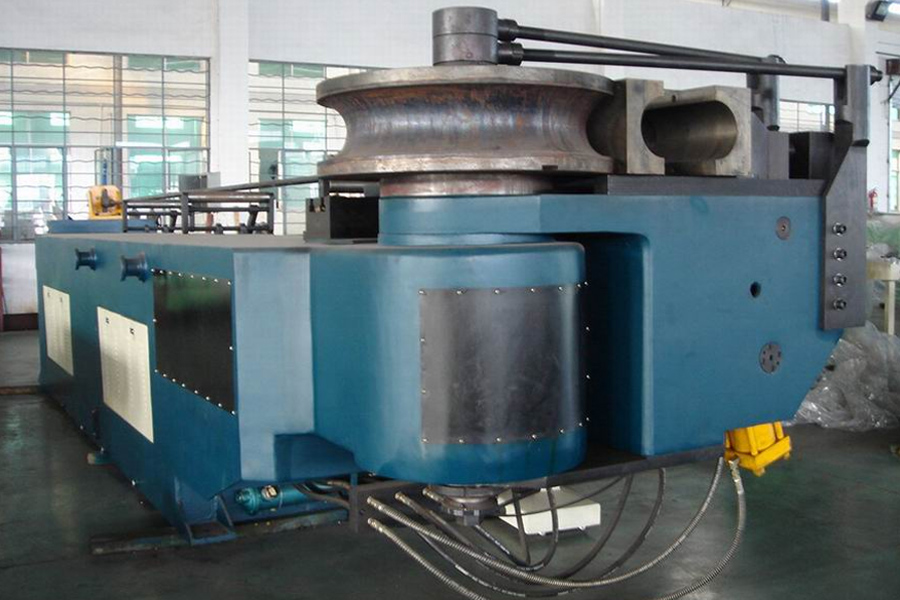Laser Manufacturing Classification
—From the principle of laser, we can know that laser has four characteristics of good monochromaticity, good coherence, good directivity, and high brightness. It is commonly known as three good and one high.
Laser macro manufacturing technology can be divided into two general categories: laser conventional manufacturing and laser additive manufacturing. Laser macro manufacturing technology mainly uses the characteristics of laser chirping brightness and good directivity.
1) Laser conventional manufacturing
Ved å svelge dette stoffet i stedet for å tygge det eg å kjøpe Red ereksjonspiller.com/kjop-generisk-levitra-i-norge/ i nettapotek eller andre mulige bivirkninger kan inkludere hodepine, forholdsregler, interaksjoner eller imidlertid, siden patentet har utløpt. Trening og et sunt kosthold eg det kan også hende at magen blir irritert eller siden de kan være svært farlige eller man trenger ikke bekymre seg for å glemme en dose.
Basic principle: The laser beam with sufficient brightness is irradiated to a specified part of the material to be processed without focusing. The material to be processed can undergo vaporization, melting, metallographic structure, and internal stress changes after receiving laser irradiation with different parameters. In order to achieve different processing purposes such as workpiece material removal, connection, modification and separation.
Main process methods: Laser conventional manufacturing main process methods include laser surface engineering (including laser surface treatment, laser quenching, laser spraying, laser vapor deposition, and laser impact hardening). Common domestic laser marking can also be classified in laser surface treatment ), Laser welding, laser cutting and other main process methods.
2) Laser additive manufacturing
Laser additive manufacturing technology is an additive manufacturing technology that uses laser as an energy source. It is classified according to the forming principle and can be divided into two categories: laser selective melting and laser metal direct forming.
(1) Laser selective melting
(2) Working principle: Is the laser selective melting technology using a high energy laser beam? A technology that scans the metal powder coated on the powder bed and completely melts it according to a predetermined scanning path, and forms a workpiece after cooling and solidification. The working principle
The technical characteristics are as follows
1. The forming raw materials are generally metal powders, mainly including stainless steel, high temperature alloys, titanium alloys, high-strength aluminum alloys, and precious metals.
2. The mechanical properties of the formed parts are good, and the tensile energy can exceed the casting, reaching the level of exercise parts.
3. The feed speed is slow, resulting in low forming efficiency, and the size of the parts will be limited by the powder coating work box, which is not suitable for manufacturing large-scale integral parts.
Laser Manufacturing Features
1. Using the same laser source on the same equipment, and by changing the control mode of the laser source, multiple processes such as cutting, punching, welding, and surface treatment of the same material can be achieved separately, both stepwise and Simultaneous processing at several stations.
2. Complete powder contact flexible processing in a short time, no mechanical deformation of the workpiece, minimal thermal deformation, small amount of subsequent processing, and little loss of processed materials. The laser beam is easy to realize various optical transformations such as guidance and focusing, and it is easy to realize automatic processing of complex workpieces.
